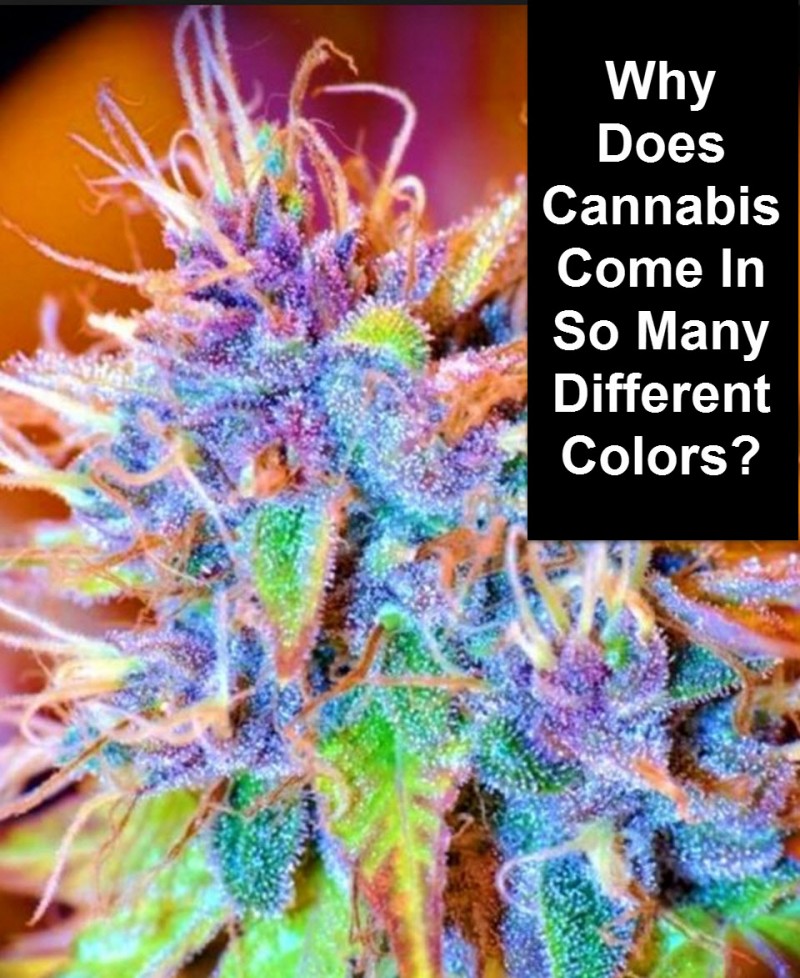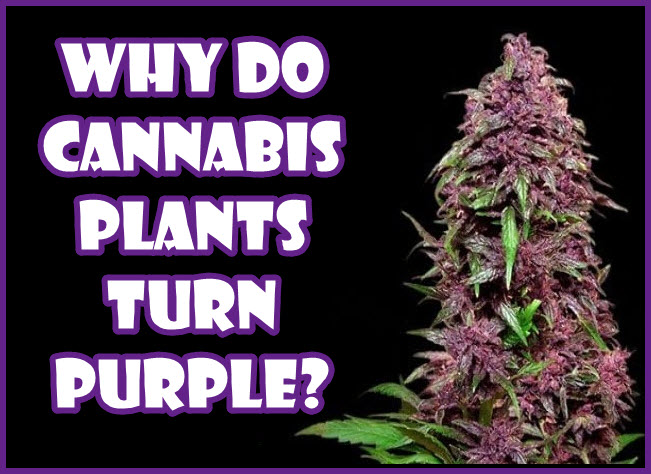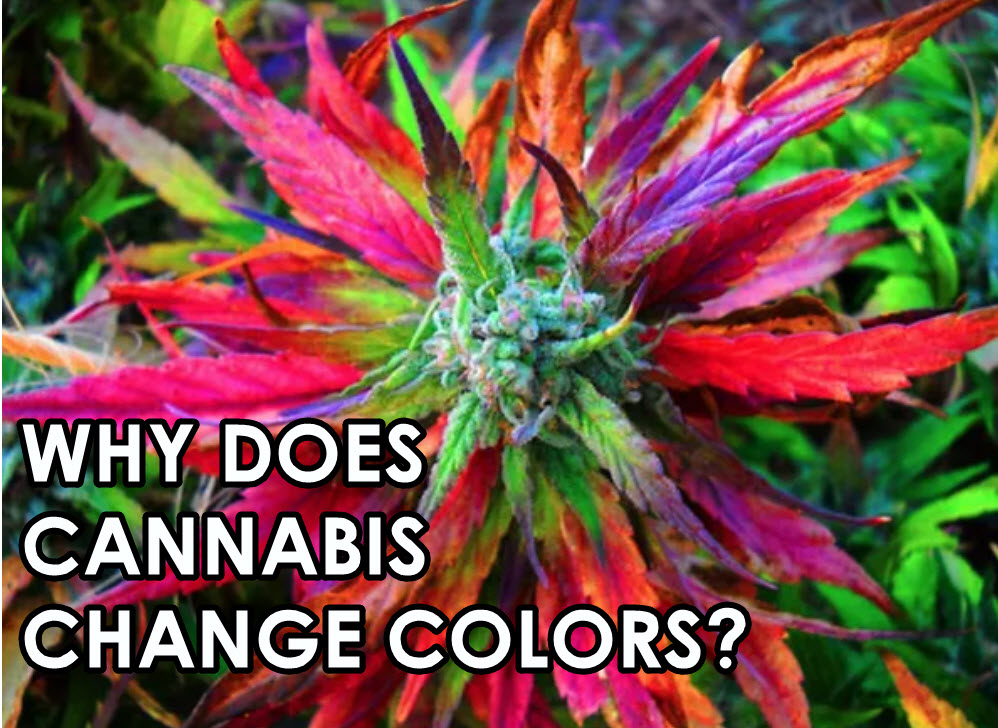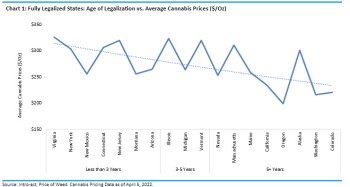Why Cannabis Comes In Different Colors
Why Does Cannabis Come in Different Colors? from CannabisNet on Vimeo.
You might have already come across some cannabis strains whose names have the words “purple”, “blue”, or “red”: Purple Haze, Grandaddy Purple, and Red Dragon, for example. These strains are not only known for their unique hit but also for their colors, some milder than others.
But how does cannabis change colors?
The secret lies in its genetics, but the environment in which the plant is grown also plays an important role. For cannabis to display different colors other than green, they need to contain anthocyanins which are a group of flavonoids that give the plant purple, blue, or red colors. These same flavonoids are also responsible for the deep colors found in your favorite plants, fruits, and vegetables such as grapes, blueberries, raspberries, and red cabbage. Flavonoids are considered highly bioactive and play an important role in supporting the health of plants, which is why they’re good for humans too. The color produced by flavonoids will depend according to their pH levels.
Plants can change colors because of temperature changes in the environment. This is why during fall, plants no longer display their bright green colors and turn golden, yellow, or red. With cannabis, the colors don’t come out until it approaches the end of the flowering phase. When temperatures drop, chlorophyll product is inhibited in plants –since chlorophyll is responsible for its green colors, other colors begin to show.
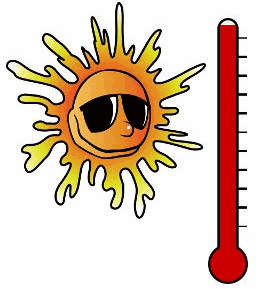
When it comes to cannabis, manipulating temperatures and light exposure can cause colors to appear although this also depends on the strain. The optimal pH levels for growing cannabis is between 5.5 and 6.5, but during the flowering stage these environmental changes can be manipulated to increase or decrease the anthocyanins and change its colors.
A higher anthocyanin content in the plant’s genetics is a way of ensuring that the plant will bring out colors, although this factor isn’t enough - the cannabis plant also has to be placed in the right environmental conditions. On the other hand, lower anthocyanin levels will bring out different colors during the end of the flowering phase thanks to carotenoids, another group of molecules that are responsible for yellow and golden hues.
Environmental Factors
Not all cannabis varieties are capable of bringing out blue, purple, or red colors. The color-shifting abilities of a cannabis plant will vary depending on genetics as well as environmental conditions. Flavonoids don’t play an aesthetic role for plants; they help to protect cannabis from ultraviolet radiation and pathogen resistance, among other important things.
Presently, what we know about anthocyanins and cannabis is still limited. Because of this we have to rely on experience and experiments during cultivation as well as available research on anthocyanin production in other plants and vegetables.
Temperature affects anthocyanin production. This is how we get reddish, bluish, and purplish hues with lower temperatures since plants naturally inhibit chlorophyll production during colder periods such as during fall. Higher pH levels lead to a complete reduction in anthocyanins; these varieties will grow best in acidic environments. Higher acidity tends to yield pinks and red while neutral pH leads to purple hues. Blues are expressed in higher pH levels, and yellow comes out under alkaline conditions.
But there are already certain cannabis strains that will change colors on their own; there would be no need to reduce temperatures to witness the plant express other colors. This happens because the cannabis variety already loses chlorophyll on its own as it the culmination of its life cycle.
Adjusting the nutrient content of plants is also another way of changing the colors of your cannabis leaves. A phosphorus deficiency can result in new colors although only natural deficiencies would result in a better-looking colored plant. A nitrogen deficiency would result in yellow leaves, such as what you see during fall. Deficiencies in calcium, magnesium, and zinc would also result in color changes.

Another way to manipulate bud colors is by using LED lights which can boost anthocyanin production in cannabis. The LED lights force the plant to produce more anthocyanin which would serve as protection from the UV rays.
Color Does Not Equate To Potency
Before you go out trying every strain with pink, blue, red, or purple hues, hold on: the different colors available in various cannabis strains actually have nothing to do with potency. It’s purely an aesthetic function (sorry to disappoint), as it’s a common misconception that colored cannabis is actually stronger. Anthocyanins and flavonoids are good for you though, since they have neuroprotective and anti-inflammatory properties. A purple cannabis plant that has been manipulated by exposing it to colder temperatures could even produce lower THC levels, so keep this in mind when shopping for your next strain to try.
Growing a variety of cannabis plants is always rewarding, especially when it comes in different colors. Color is a great addition, another way to enjoy the beauty and benefits that the cannabis plant can give you.
OTHER ARTICLES YOU MAY ENJOY...
WHY DO CANNABIS PLANTS TURN PURPLE, CLICK HERE.
OR..
WHY DOES CANNABIS CHANGE COLORS, CLICK HERE.
OR..
THE SEVEN STRONGEST STRAINS TO SMOKE, CLICK HERE TO FIND OUT..
OR...
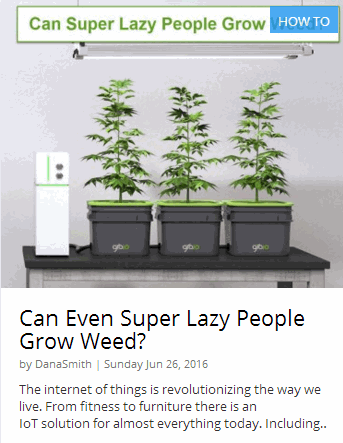
SUPER LAZY PEOPLE GROW WEED AT HOME...CLICK HERE...

